SuperModulo ^ Clementoni (Expansion Modules by Texas Instruments)
Thanks to My Brother for the Photo.
Cartridges (also known as expansion modules) are freely exchangeable ROM libraries that provide additional content without providing additional functionality. These cartridges are plugged into a slot near the battery compartment in order to introduce new software libraries.
Word and game lists are of differing lengths depending upon the cartridge and the word lists in models marketed for different languages reflect the language marketed for. Separate word lists also exist for regional variants such as the American and British English versions.
The word list used in each of the regional models reflects the recommendations of educators in each country. The English, French, German and Italian versions were all created by a team of non-specialists, in TI’s plant near Antibes, France, under the watchful eye of Larry Brantingham who had patented the underlying technology.
source: wikipedia speaknspell.co.uk


















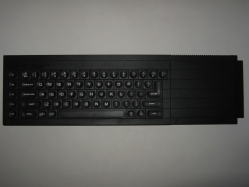















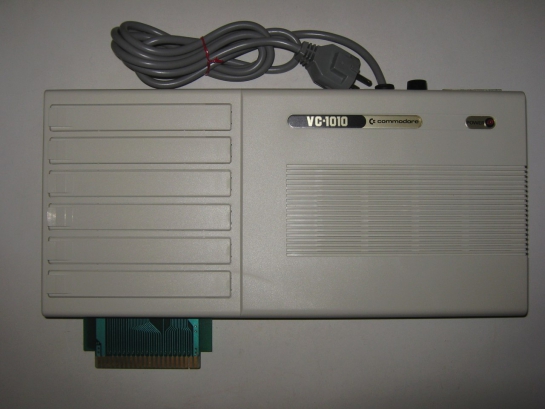















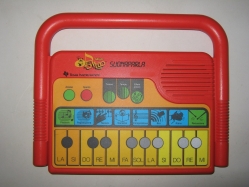










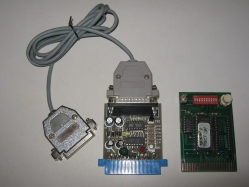



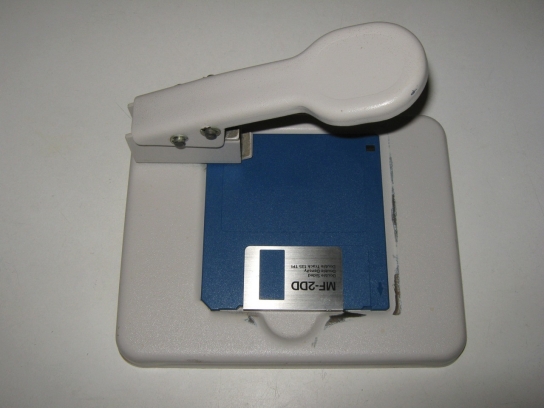
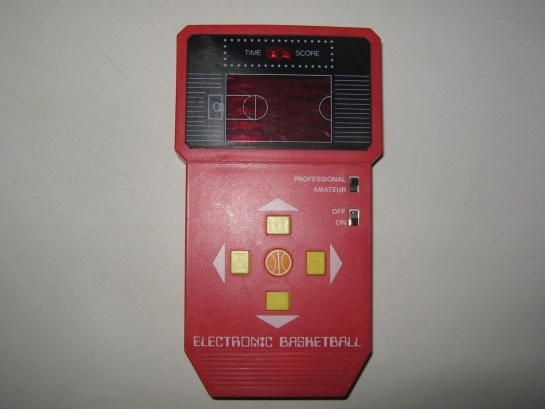








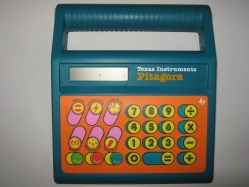











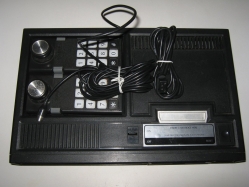
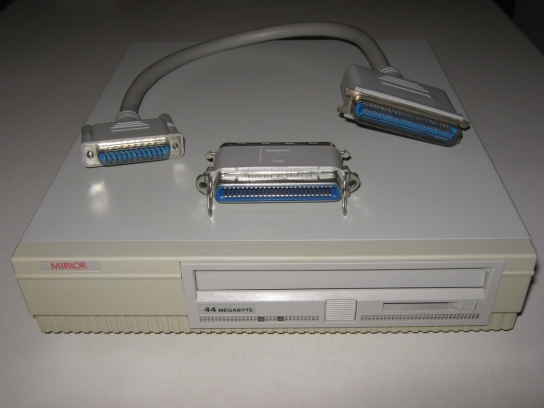







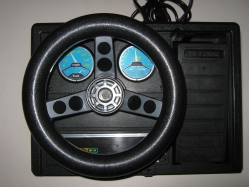






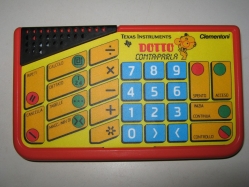






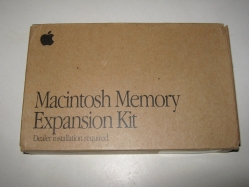






Recent Comments